About the Tour Package
Embark on a divine pilgrimage to the 12 Jyotirlingas, the most sacred Shiva temples spread across India. This meticulously curated journey by Yatra Veda ensures a seamless, comfortable, and spiritually fulfilling experience. The itinerary is designed to help devotees worship Lord Shiva at all 12 Jyotirlingas while covering historical and cultural sites along the way. With comfortable accommodations, guided assistance, and well-planned travel arrangements, this is the ultimate spiritual retreat for every Shiva devotee.
A Spiritual Sojourn
The 12 Jyotirlingas represent the supreme cosmic energy of Lord Shiva and are spread across different corners of India, from the Himalayas to the southern coast. Visiting these temples is believed to grant moksha (liberation), spiritual wisdom, and divine blessings. This journey offers devotees a once-in-a-lifetime opportunity to immerse in the powerful vibrations of these sacred shrines, connecting with the divine in its purest form.
Significance of the 12 Jyotirlingas
The word Jyotirlinga means “Lingam of Light”, representing the limitless and formless cosmic energy of Lord Shiva. According to Shiva Purana, these 12 Jyotirlingas emerged as self-manifested forms of Shiva, blessing devotees with spiritual enlightenment and liberation.
Each Jyotirlinga has its mythology and divine story, showcasing different aspects of Lord Shiva’s power, grace, and protection. Worshipping all 12 Jyotirlingas is considered the highest spiritual achievement, as it is believed to remove sins, destroy negative karma, and grant eternal peace and prosperity.
Spiritual and Mythological Importance
- Manifestation of Divine Energy – The Jyotirlingas are not idols but powerful energy centres, representing Shiva’s cosmic form.
- Symbol of Omnipresence – Unlike regular temples, these shrines signify that Shiva exists beyond physical form, in all creation.
- Path to Liberation (Moksha) – Visiting and worshipping the Jyotirlingas is said to cleanse past karmas and free the soul from the cycle of birth and death.
- Each Jyotirlinga Represents a Unique Form of Shiva – Some depict him as the protector, some as the destroyer of evil, and others as the provider of wisdom and healing.
Trip Highlights
- Visit all 12 Jyotirlingas in one well-structured itinerary.
- Attend special temple aartis at selected shrines.
- Seamless travel planning with flights and cab transfers.
- Guided assistance and VIP darshan bookings.
- Optional visits to spiritual sites like Jagannath Temple and Kamakhya Temple.
- 100% satisfaction guarantee for an unforgettable pilgrimage.
Day 1: Delhi to Ujjain (Mahakaleshwar Jyotirlinga)
- Travel:
- Flight from Delhi to Indore (1.5 hours).
- Cab from Indore to Ujjain (1 hour).
- Activities:
- Darshan at Mahakaleshwar Jyotirlinga.
- Visit nearby attractions like Kal Bhairav Temple.
Mahakaleshwar Jyotirlinga (Ujjain, Madhya Pradesh) –
The only Dakshinamukhi (south-facing) Jyotirlinga, a rare and powerful form of Lord Shiva. Famous for the Bhasma Aarti, a sacred ritual where the Lingam is anointed with ash, symbolizing the cycle of creation, destruction, and renewal. Worshipped as Mahakal, the Lord of Time and Death, who protects devotees from the fear of mortality. Ujjain is one of the seven Moksha-puris (liberation cities) in Hinduism, and the Simhastha Kumbh Mela is held here every 12 years.
Kal Bhairav Temple
Dedicated to Kal Bhairav, a fierce form of Shiva, this temple is unique as devotees offer liquor as prasad.
Day 2: Ujjain to Omkareshwar (Omkareshwar Jyotirlinga)
- Travel:
- Cab from Ujjain to Omkareshwar (3 hours).
- Return to Indore by cab.
- Activities:
- Darshan at Omkareshwar Jyotirlinga.
Omkareshwar Jyotirlinga (Madhya Pradesh)-
Located on Mandhata Island, which is shaped like the sacred Om (ॐ), symbolizing the universal vibration of creation. This site represents Shiva’s omnipresence and cosmic energy, making it a powerful place for meditation. There are two temples here – Omkareshwar on the island and Mamleshwar on the mainland, both considered part of the Jyotirlinga. Adi Shankaracharya, the great Hindu philosopher, meditated here and spread Advaita (non-dualism) philosophy.
Day 3: Indore to Pune to Bhimashankar Jyotirlinga
- Travel:
- Flight from Indore to Pune (1.5 hours).
- Cab from Pune to Bhimashankar (4 hours).
- Activities:
- Darshan at Bhimashankar Jyotirlinga.
Bhimashankar Jyotirlinga (Maharashtra) –
Associated with the mythological battle between Lord Shiva and the demon Bhima, symbolizing the victory of good over evil. Located in the Sahyadri Hills, surrounded by dense forests, making it a spiritually and ecologically significant site. The temple features Nagara-style architecture, reflecting Maharashtra’s ancient temple traditions. The Bhimashankar Wildlife Sanctuary around the temple is home to rare flora and fauna, reinforcing the deep connection between Shiva and nature.
Day 4: Pune to Aurangabad (Grishneshwar Jyotirlinga)
- Travel:
- Cab from Pune to Aurangabad (5 hours).
- Activities:
- Darshan at Grishneshwar Jyotirlinga.
- Explore Ellora Caves.
Grishneshwar Jyotirlinga (Maharashtra) –
The smallest of the 12 Jyotirlingas, yet one of the most sacred. Located next to the Ellora Caves, a UNESCO World Heritage site, showcasing the fusion of religion and art. Associated with devotion and marital harmony, as it was restored by Queen Ahilyabai Holkar after centuries of destruction. The temple’s red stone carvings and intricate architecture reflect the Maratha and medieval temple-building traditions.
Day 5: Aurangabad to Nasik (Trimbakeshwar Jyotirlinga)
- Travel:
- Cab from Aurangabad to Nasik (4 hours).
- Activities:
- Darshan at Trimbakeshwar Jyotirlinga.
Trimbakeshwar Jyotirlinga (Maharashtra) –
The only Jyotirlinga with a three-faced Lingam, representing Brahma, Vishnu, and Shiva together. The Godavari River, also called the Ganga of the South, originates here, making it an important site for ancestral rituals (Pind Daan). Home to the Kumbh Mela, held every 12 years, attracting millions of devotees. The temple’s sacred water tanks (Kushavarta Kund) are believed to cleanse devotees of sins and bad karma.
Day 6: Nasik to Mumbai to Jamnagar (Nageshwar Jyotirlinga)
- Travel:
- Cab from Nasik to Mumbai (3 hours).
- Flight from Mumbai to Jamnagar (1.5 hours).
- Activities:
- Cab to Dwarka (2 hours).
- Darshan at Nageshwar Jyotirlinga.
Nageshwar Jyotirlinga (Gujarat) –
Associated with Shiva’s protection of his devotees from poisonous forces and negative energies. Believed to be the place where Shiva saved a devotee named Supriya from a demon named Daruka, showing Shiva’s role as the ultimate protector. The massive Shiva statue outside the temple symbolizes Shiva’s eternal presence and strength. Worship here is said to remove all forms of negativity and fear from one’s life.
Day 7: Dwarka to Somnath (Somnath Jyotirlinga)
- Travel:
- Cab from Dwarka to Somnath (4 hours).
- Activities:
- Darshan at Somnath Jyotirlinga.
Somnath Jyotirlinga (Gujarat)
Known as the first and most ancient Jyotirlinga, existing since time immemorial. The temple has been destroyed and rebuilt multiple times, symbolizing unbreakable faith and devotion. Associated with Chandra Dev (Moon God), who worshipped Shiva to regain his lost radiance, showing Shiva’s benevolence and healing power. The Prabhas Patan region, where Somnath is located, is believed to be the site where Lord Krishna left his mortal body.
Day 8: Somnath to Madurai to Rameshwaram (Ramanathaswamy Jyotirlinga)
- Travel:
- Flight from Rajkot to Madurai (via Mumbai/Chennai).
- Cab to Rameshwaram (4 hours).
- Activities:
- Darshan at Ramanathaswamy Jyotirlinga.
Ramanathaswamy Jyotirlinga (Rameshwaram, Tamil Nadu)
Worshipped by Lord Rama before his journey to Lanka, making it a sacred site of devotion and penance. The temple’s corridor is the longest in the world, symbolizing the spiritual path of self-discovery. Pilgrims take a holy bath in the 22 sacred wells (Teerthams) before darshan, representing purification. Part of the Char Dham Yatra, making it one of the holiest Hindu pilgrimages.
Day 9: Rameshwaram to Hyderabad to Srisailam (Mallikarjuna Jyotirlinga)
- Travel:
- Cab back to Madurai.
- Flight to Hyderabad.
- Cab to Srisailam (4–5 hours).
- Activities:
- Darshan at Mallikarjuna Jyotirlinga.
Mallikarjuna Jyotirlinga (Srisailam, Andhra Pradesh)
One of the only Jyotirlingas that is also a Shakti Peeth, where both Shiva and Parvati are worshipped together. The temple represents the harmonious balance of masculine (Shiva) and feminine (Shakti) energies. It is believed that Shiva and Parvati visit this temple every Amavasya (new moon night). Considered the gateway to liberation (Moksha), as worship here cleanses lifetimes of karma.
Day 10: Srisailam to Varanasi (Kashi Vishwanath Jyotirlinga)
- Travel:
- Flight from Hyderabad to Varanasi.
- Activities:
- Darshan at Kashi Vishwanath Jyotirlinga.
- Attend the evening Ganga Aarti.
Kashi Vishwanath Jyotirlinga (Varanasi)
Considered the holiest of all Shiva temples, where Shiva whispers the Tarak Mantra into the ears of the dying, granting liberation (Moksha). Located in the ancient city of Varanasi, which is believed to have been founded by Lord Shiva himself. The Ganga Aarti at Dashashwamedh Ghat is one of the most powerful spiritual experiences in the world. Dying in Kashi is said to ensure freedom from the cycle of rebirth.
Day 11: Varanasi to Deoghar (Baidyanath Jyotirlinga)
- Travel:
- Flight from Varanasi to Ranchi.
- Cab to Deoghar (4 hours).
- Activities:
- Darshan at Baidyanath Jyotirlinga.
Baidyanath Jyotirlinga (Deoghar, Jharkhand)
Worshipped by Ravana, who is believed to have carried Shiva’s Lingam from Kailash. Known as the “Doctor Shiva” (Vaidya Shiva), believed to heal diseases and grant health. The temple is also a powerful Tantric centre, making it significant in Shakti and Shiva worship.
Day 12: Deoghar to Guwahati (Kamakhya Jyotirlinga)
- Travel:
- Flight to Guwahati.
- Complete darshan then rest
Day 12 (continued): Darshan at Kamakhya (Gupt Kedar Jyotirlinga substitute)
- While Kamakhya Temple is not a Jyotirlinga, it is revered as Shakti Peeth and often included.
- Spend Evening transport rest.
Day 12 (continued): Deoghar (Baidyanath Jyotirlinga) to Bhubaneshwar (Lingaraja Temple Substitute for Jyotirlinga)
- Flight from Ranchi/Patna Airport to Bhubaneshwar.
- Optional for Lingaraja Darshan to nearby
Day 12: Deoghar (Baidyanath Jyotirlinga) to Bhubaneswar to Puri (Jagannath Temple – Optional Stop)
- Travel:
- Flight from Ranchi to Bhubaneswar.
- Cab to Puri (2 hours).
- Activities:
- Optionally visit Jagannath Temple in Puri (if time permits).
- Rest for the day.
Lingaraja Temple (Bhubaneswar) / Kamakhya Temple (Guwahati) –
Lingaraja Temple in Bhubaneswar is an architectural wonder, showcasing Kalinga temple architecture. Kamakhya Temple in Assam is a revered Shakti Peeth, symbolizing the divine feminine energy.
Day 13: Bhubaneswar to Guwahati (Kamakhya Temple)
- Travel:
- Flight from Bhubaneswar to Guwahati.
- Activities:
- Visit Kamakhya Temple (optional sacred stop).
- Local sightseeing or rest.
- Stay: Guwahati.
- Return to Delhi
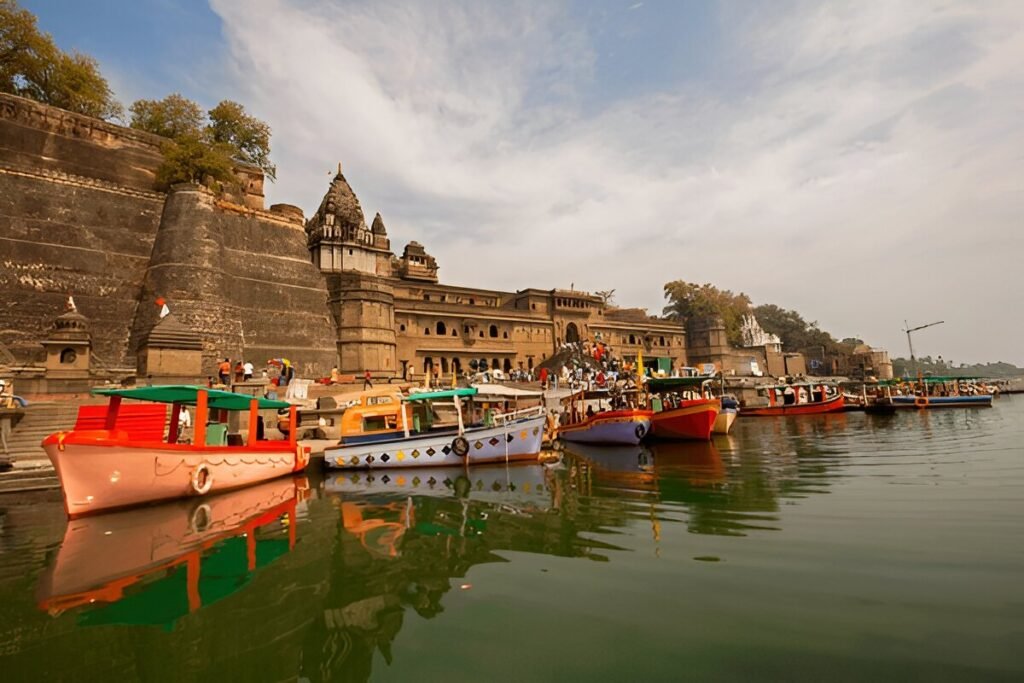

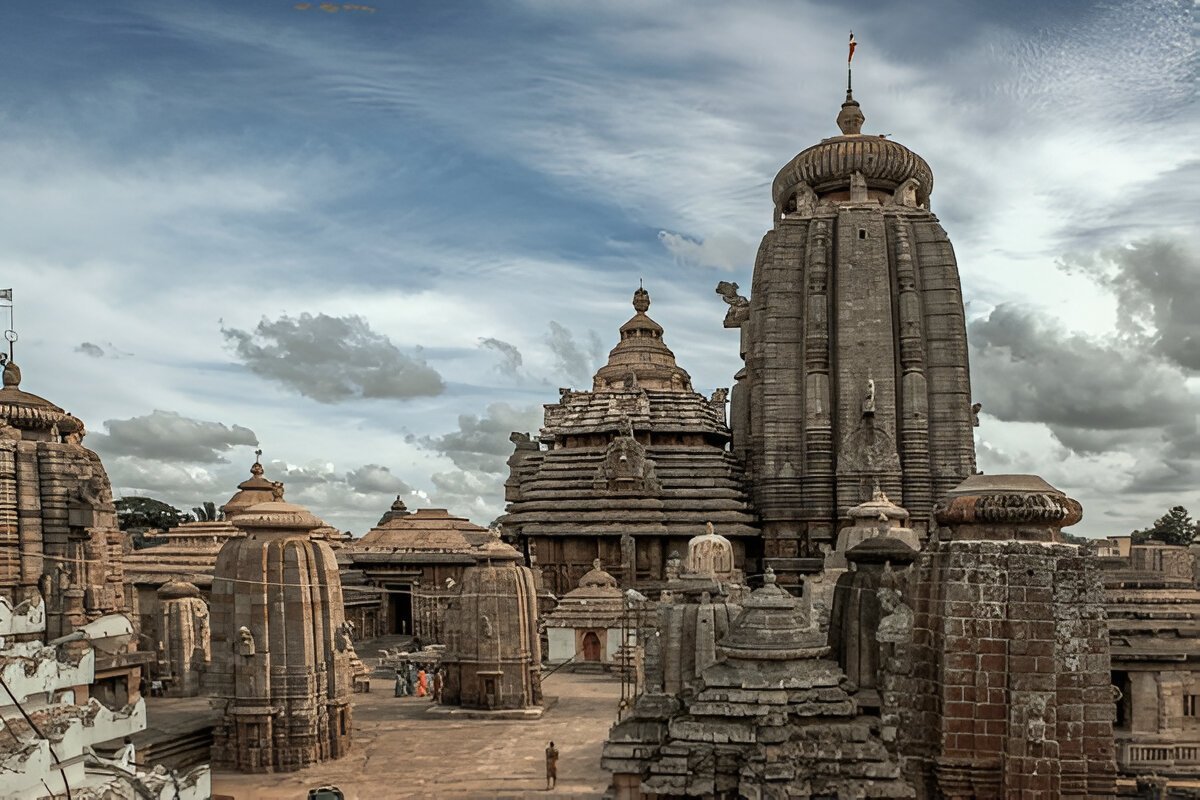
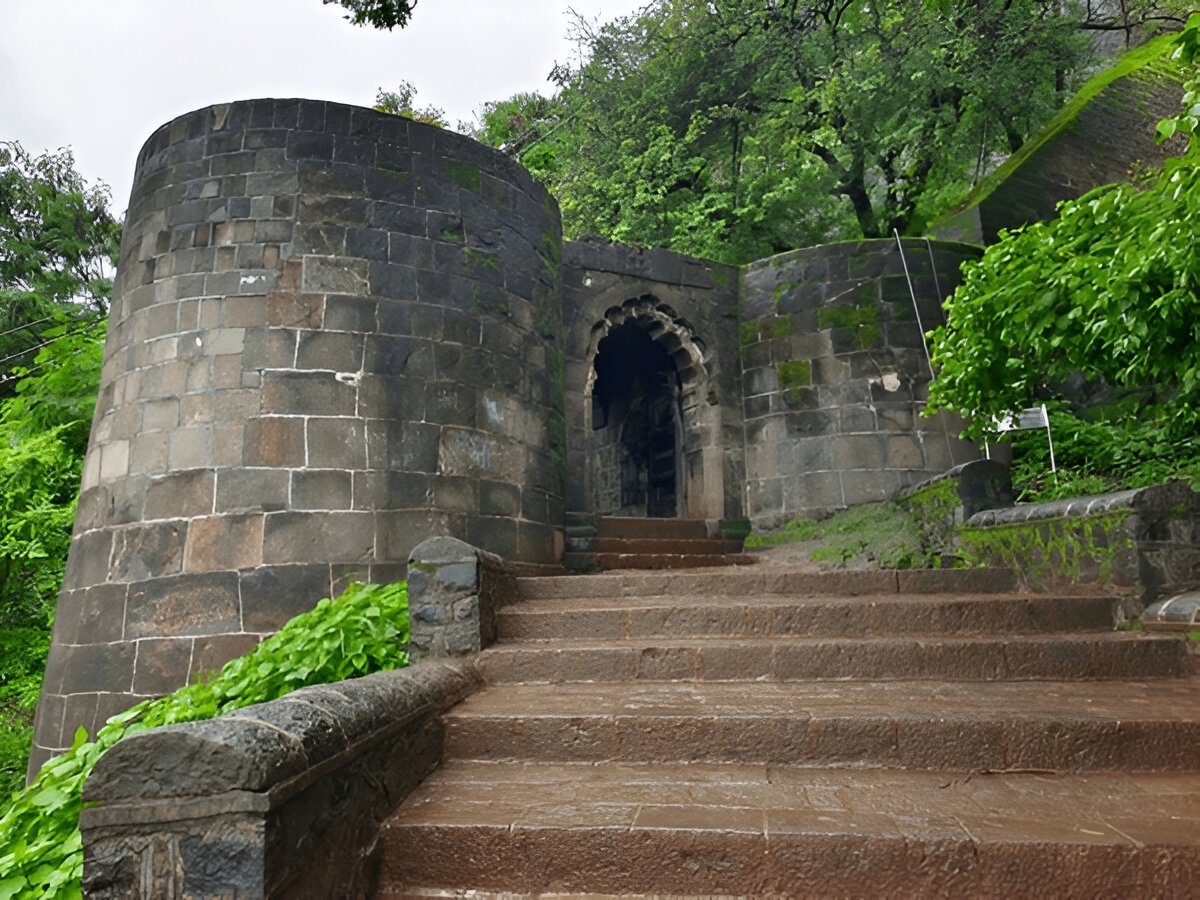
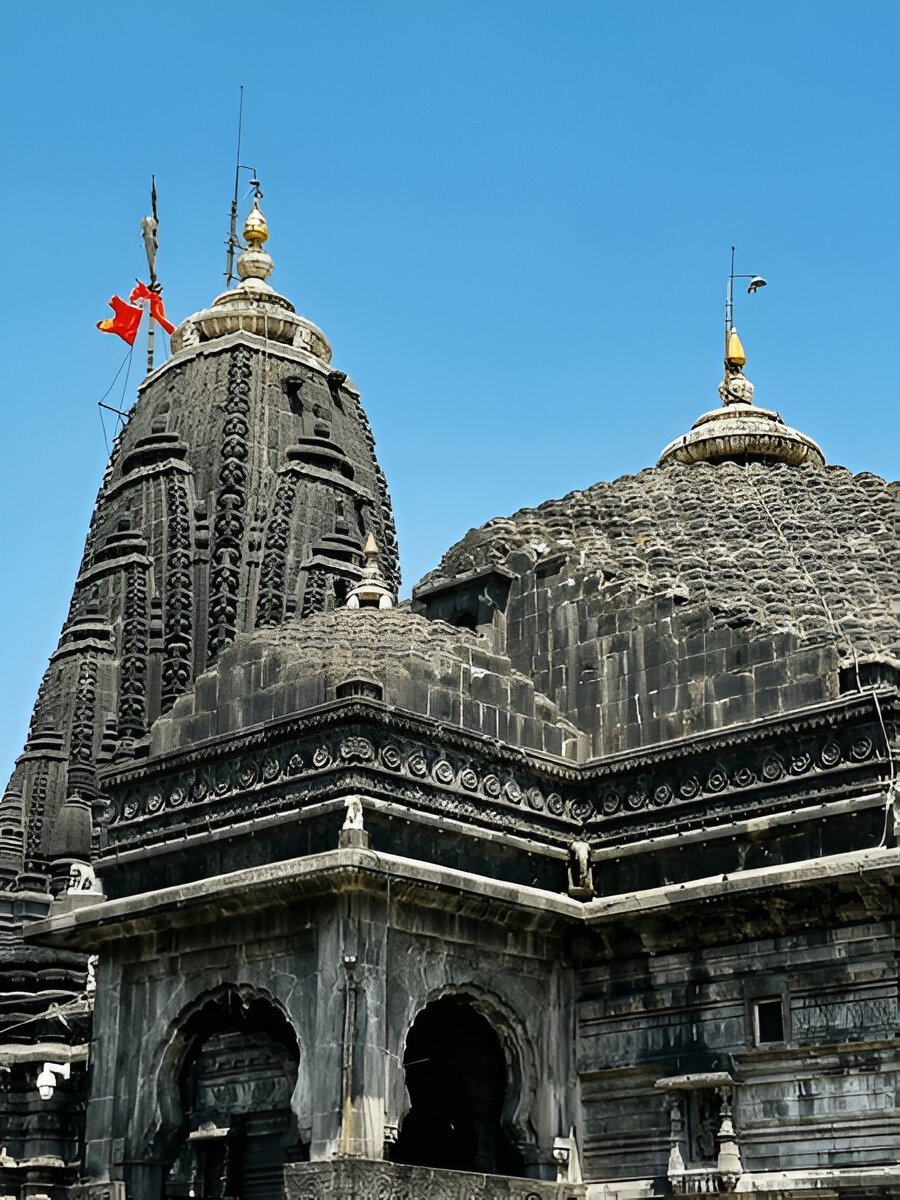
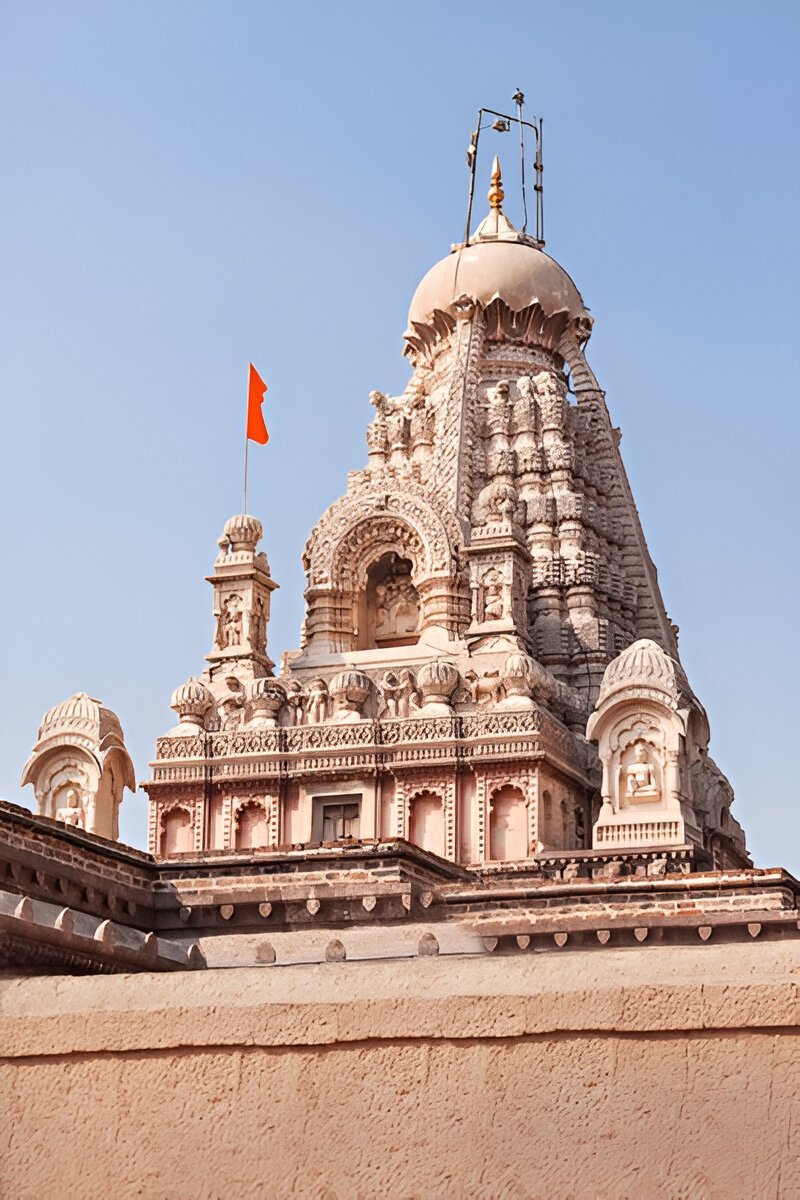


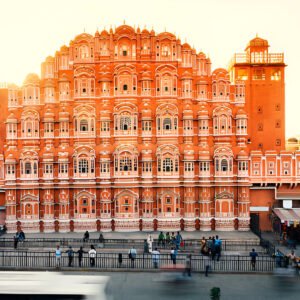
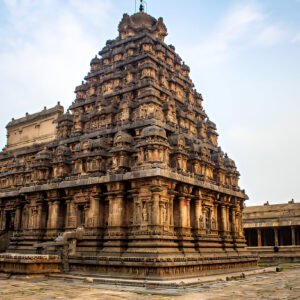
Reviews
There are no reviews yet.